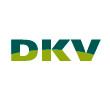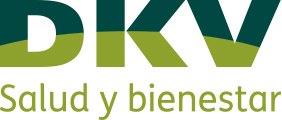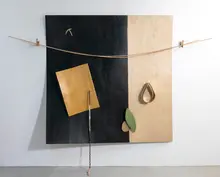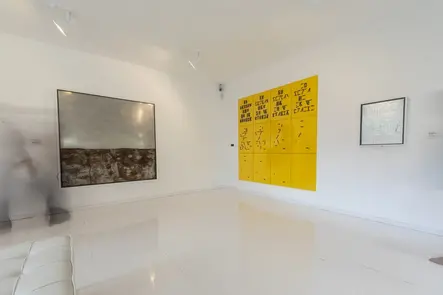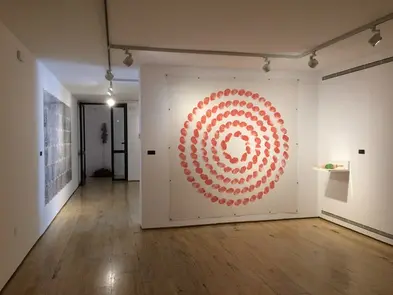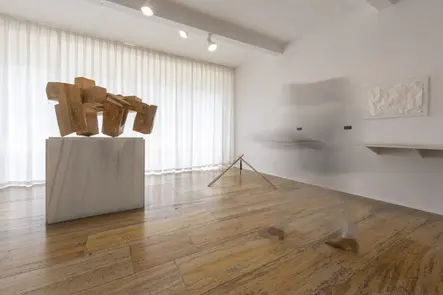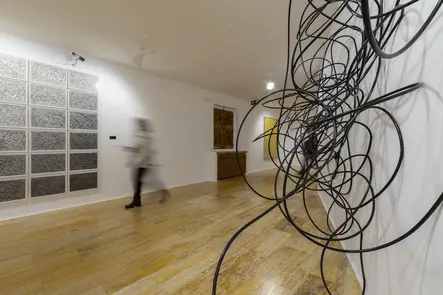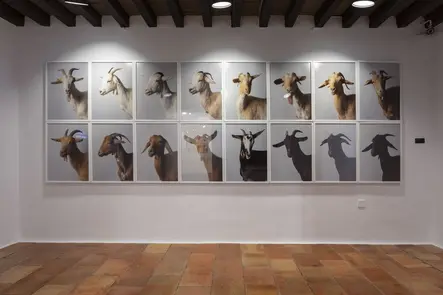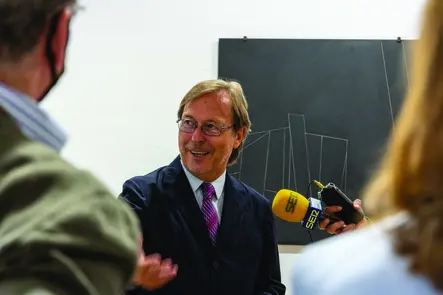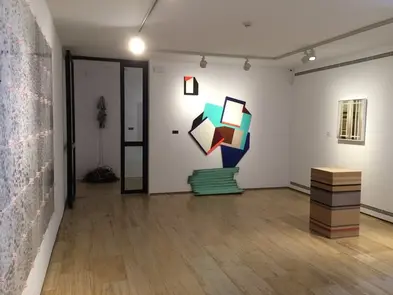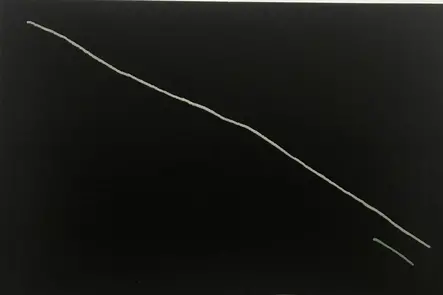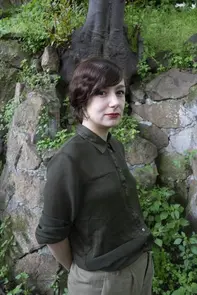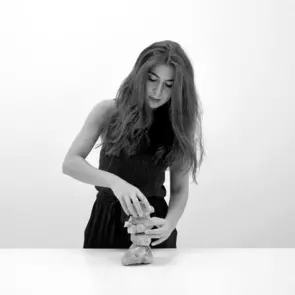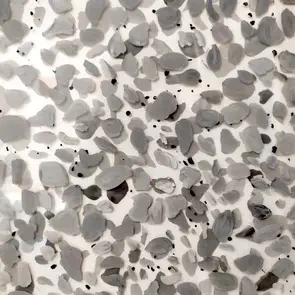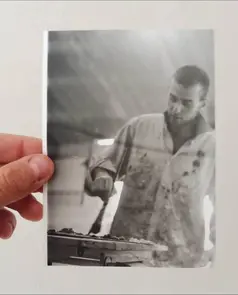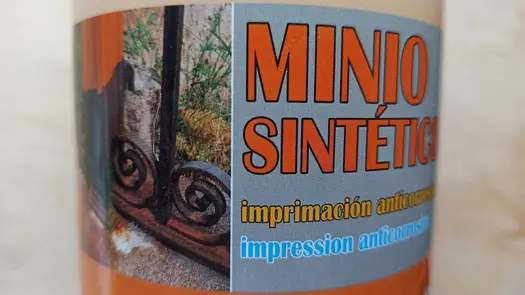Un ejercicio narrativo peculiar: se atreve con el ayer mismo y con el hoy, y lo hace con las obras de los artistas y en el mismo lugar en el que se van acumulando los testimonios de la historia y de la historia del arte: en el museo
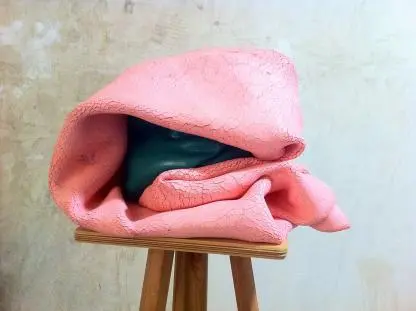
Con el título Una historia del arte reciente (1960-2020), la Fundación Juan March y DKV Seguros presentan una exposición construida en conjunto a partir de las respectivas colecciones, que se muestra en el Museu Fundación Juan March de Palma, hasta el 9 de julio y cuya primera parte ya se expuso en el Museo de Arte Abstracto Español de Cuenca de junio de 2021 a enero de 2022.
La muestra es el resultado del trabajo de los equipos de ambas instituciones sobre cada una de las dos colecciones. Tiene la pretensión de proponer una historia reciente del arte –o una historia del arte reciente– hecho en España durante la segunda mitad del siglo pasado y las dos primeras décadas del siglo XXI.
Es una historia, que ni siquiera considera, por obvio, que deba insistir en sus limitaciones. Pero aspira a estar contada con rigor y libertad y en los espacios reales de dos museos a partir de dos colecciones distintas, con sus particularidades y carácter propio.
Para ello, el equipo curatorial de la exposición ha trabajado con las obras de la Colección DKV, variadas en formas y prácticas y pertenecientes a artistas que generacionalmente pertenecen al siglo XXI, y con las de la colección de la Fundación Juan March: éstas, que se encuentran en “rotación lenta” (la expresión es de Fernando Zóbel) en los dos museos de la institución en Cuenca y Palma, son básicamente pinturas y esculturas de las generaciones de artistas activos en nuestro país desde los años sesenta del siglo XX y hasta su final.
Fotos de Alfredo Casasola / Archivo Fundación Juan March
4 talleres, 4 artistas
Con motivo de la exposición Una historia del arte reciente (1960 – 2020), cuatro artistas representados en ella ofrecen cuatro talleres gratuitos, de un día y medio de duración, el el Museo de Arte Abstracto Español, donde reflexionarán sobre su obra y compartirán su práctica.
Plazas limitadas
-
3-4 de noviembre. Guillermo Mora: Pintura límite
-
10-11 de noviembre. Julia Huete: Composición de tacto y vista
-
17-18 de noviembre. Clara Sánchez Sala: Suficiente estancia para el espacio
-
24-25 de noviembre. Juan Sánchez: Pintura: Sustancia Función (intente hacer esto en su casa)
Taller Juan Sánchez: Pintura: Sustancia Función (intente hacer esto en su casa)
Este taller propone llevar a cabo una práctica en torno a la pintura, tomando la exploración del comportamiento de sus materiales como marco de actuación. Es un hecho que una cantidad suficiente de pintura tiene la capacidad de cubrir una determinada superficie. Esta es una función esencial de la pintura. Otra, puede ser proteger dicha superficie.
Si esta es metálica e instalada en exterior, puede quedar protegida contra elementos del tiempo como la lluvia y la humedad y, al estar anclada a un lugar, la especificidad del sitio puede acompañar a la práctica. Probablemente habrá que lijar y limpiar antes de pintar, con pintura anti-óxido y, si tiene caso y dando por hecho que se ha mejorado parcialmente el entorno, ver después si el resultado puede operar más allá de la cuestión utilitaria que inicia esta acción.

